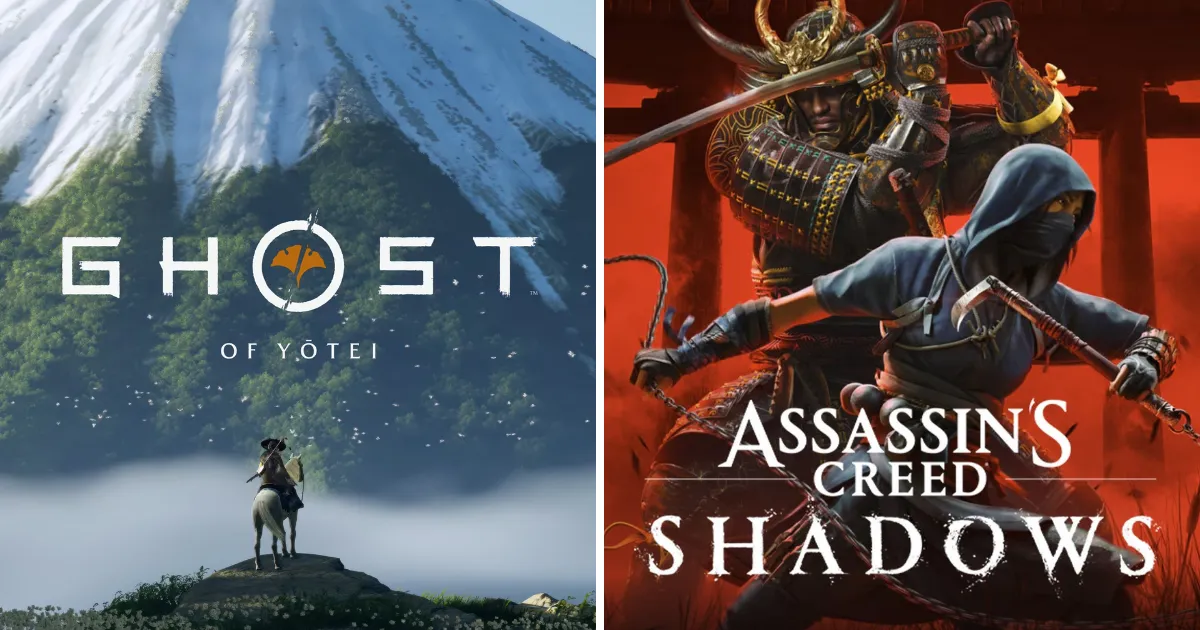Two open-world epics set in Japan landed the same year, and the comparisons were always going to be loud. Assassin’s Creed Shadows and Ghost of Yōtei both chase the fantasy of blades in the grass, but each commits to a different idea of what that fantasy should feel like. The result isn’t a “which is better” showdown so much as a clear fork in design philosophy.
When and where: cities vs frontier
Assassin’s Creed Shadows plants you in central Japan, circa 1579, with Kyoto, Osaka, and castle fortresses as recurring backdrops. It’s the traditional AC promise: dense hubs, layered history, and an urban-rural mix that invites parkour and social stealth.
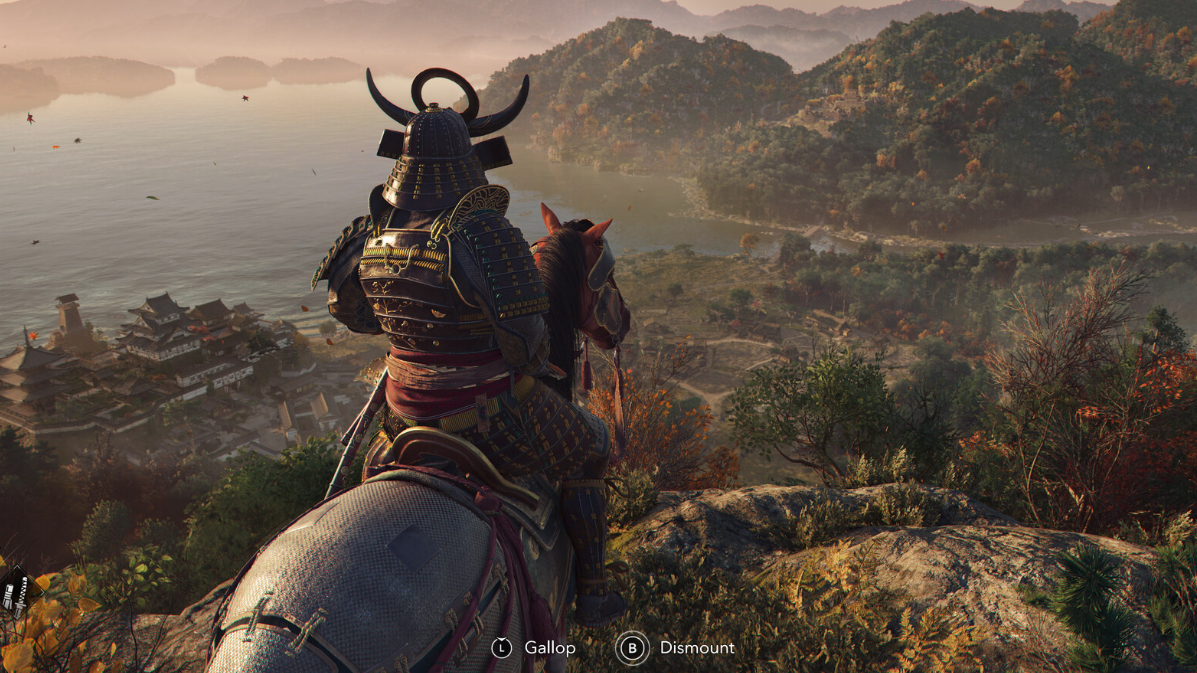
Ghost of Yōtei shifts north to Hokkaidō around 1603, in the harsh shadow of Mount Yōtei. Expect colder weather and sparser settlements. Players repeatedly flag that period Hokkaidō lacked big cities; the frontier framing leans into villages, wilderness, and long sightlines rather than stacked rooftops.
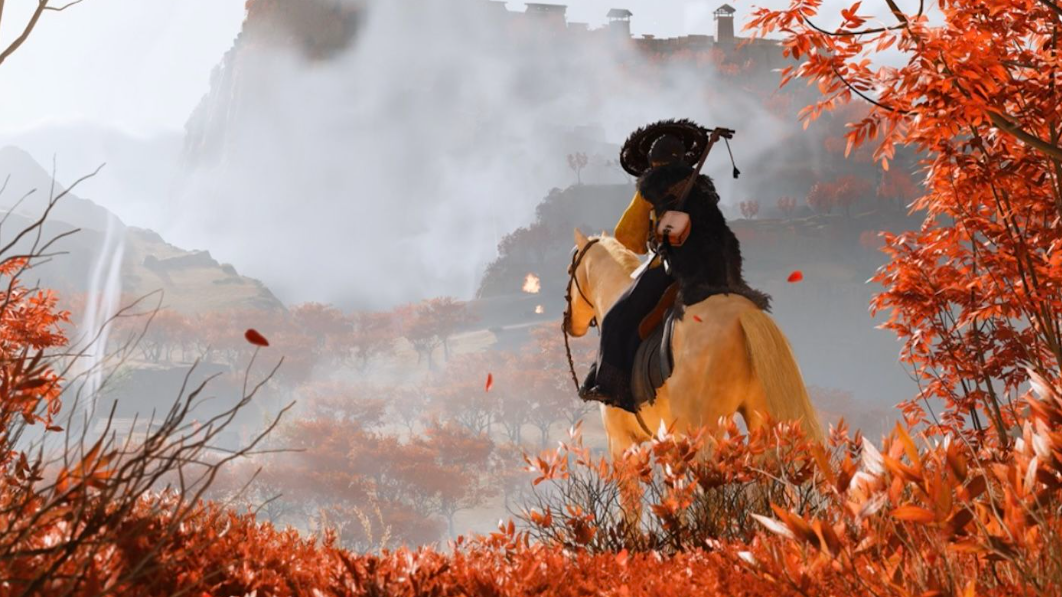
One lead or two: how playstyles are expressed
Shadows splits its design between two fully-fledged protagonists. Naoe is built for infiltration and mobility; Yasuke is the armored solution to a roomful of problems. The game pivots between them, and the maps tend to accommodate both a stealth route and a direct route.
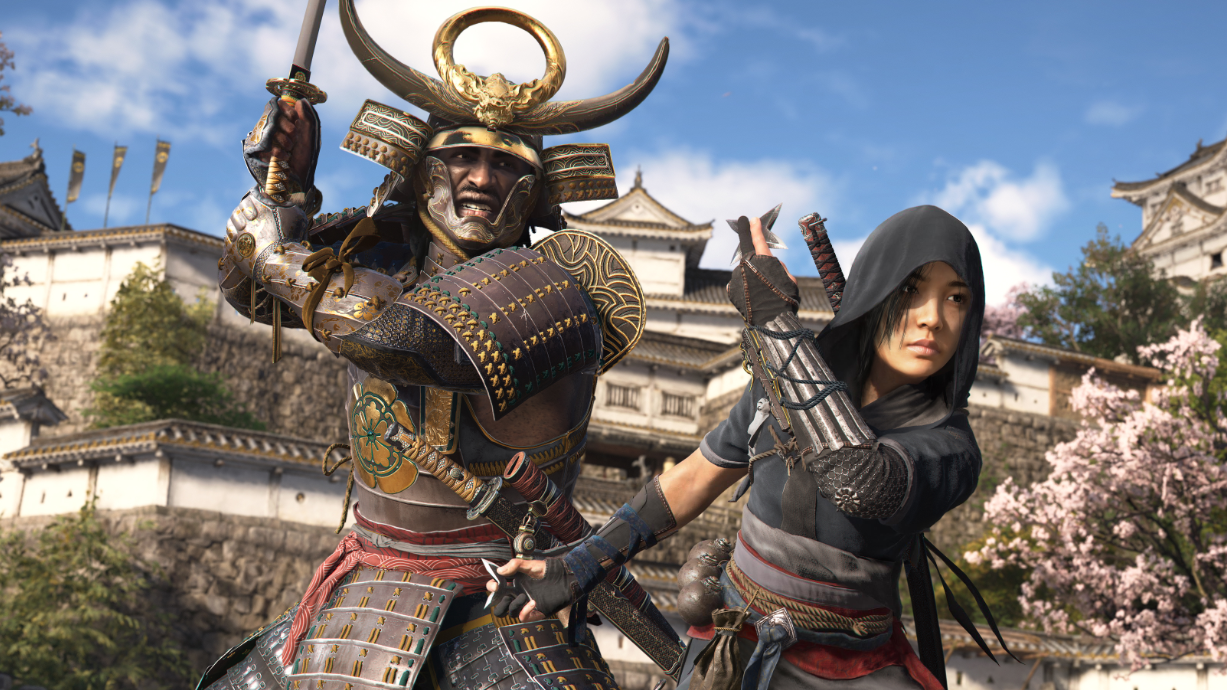
Yōtei takes the opposite route: one protagonist, Atsu, who flexes across styles. The expectation from players who’ve studied the footage is a fluid, stance- or weapon-driven model that lets you adapt mid-fight instead of swapping characters. That single point of view also sets the stage for a tighter, more focused narrative arc.
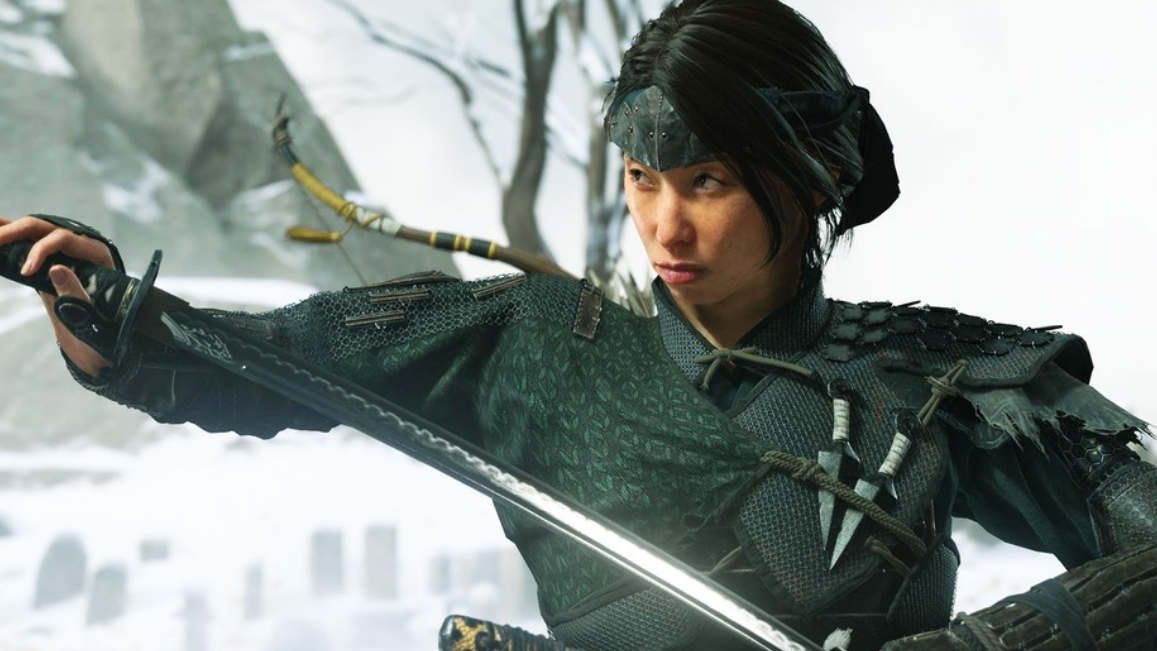
Exploration: marked checklists vs player-led discovery
Shadows stays close to Ubisoft’s modern template. The map surfaces a broad spread of activities, and a scouting layer asks you to gather intel before you commit. You can also build out a customizable hideout, which gives the series’ familiar sprawl a personal center of gravity.
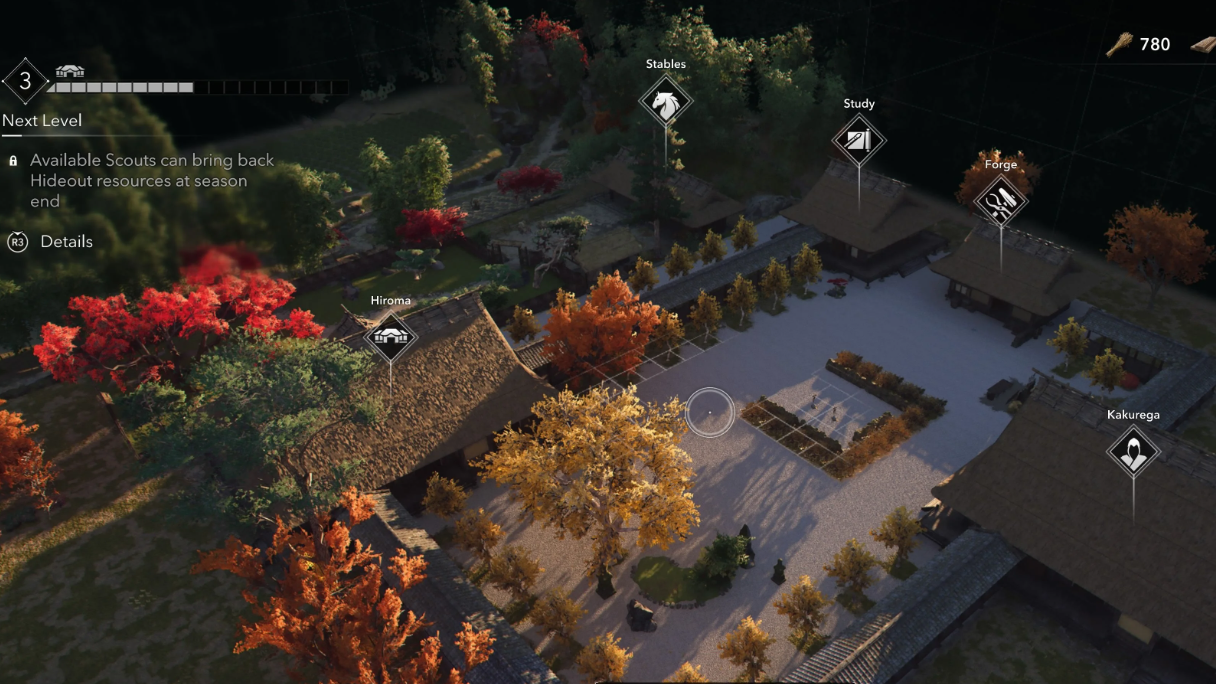
Yōtei leans into organic discovery. The pitch is fewer explicit side-activity markers and more wandering, rumors, and the occasional visitor who finds you. A unique camping system brings NPCs to your fire with quests and intel, reinforcing that “let the world come to you” rhythm. Progression tracks with your behavior, too: do more stealth and you unlock stealth skills sooner; lean on swords and bows and those lines grow first.
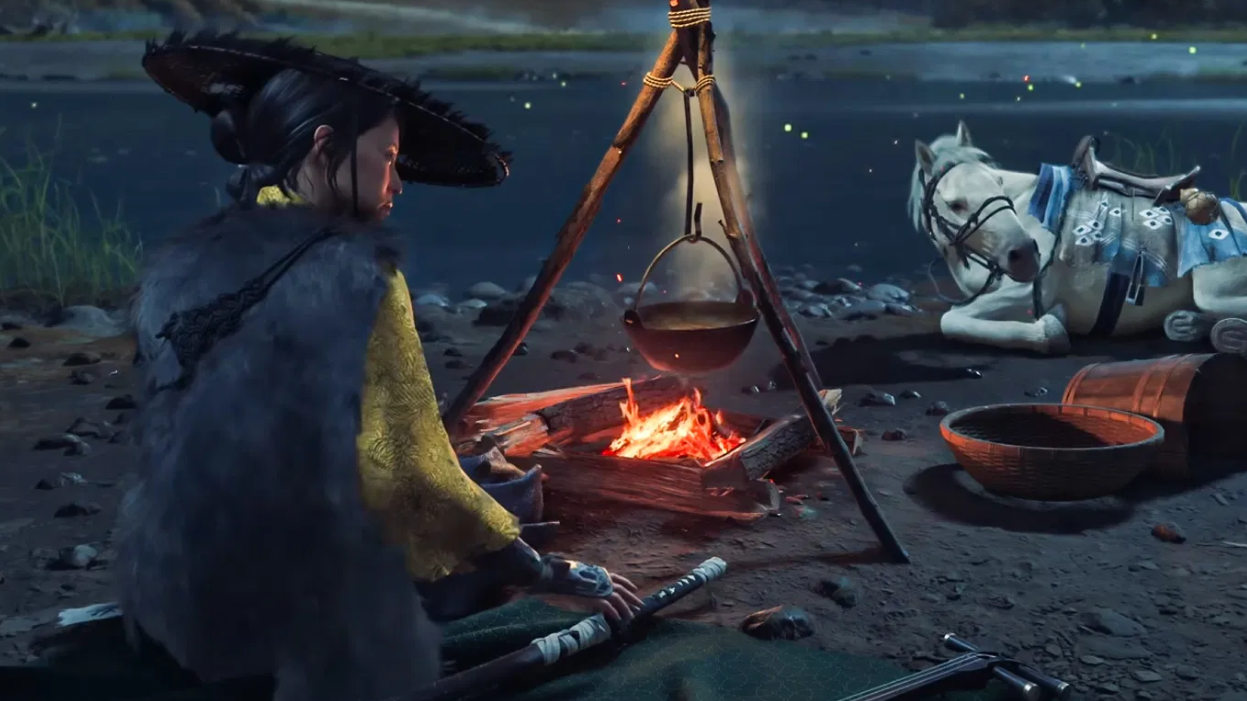
Weather and seasons: systemic shifts vs mood swings
Shadows runs on a seasonal clock. The world cycles and the rules shift with it — thawed water in one season becomes climbable ice in another; spring growth expands cover; different lighting changes what you can get away with. Players consistently call out how these changes feed stealth planning.
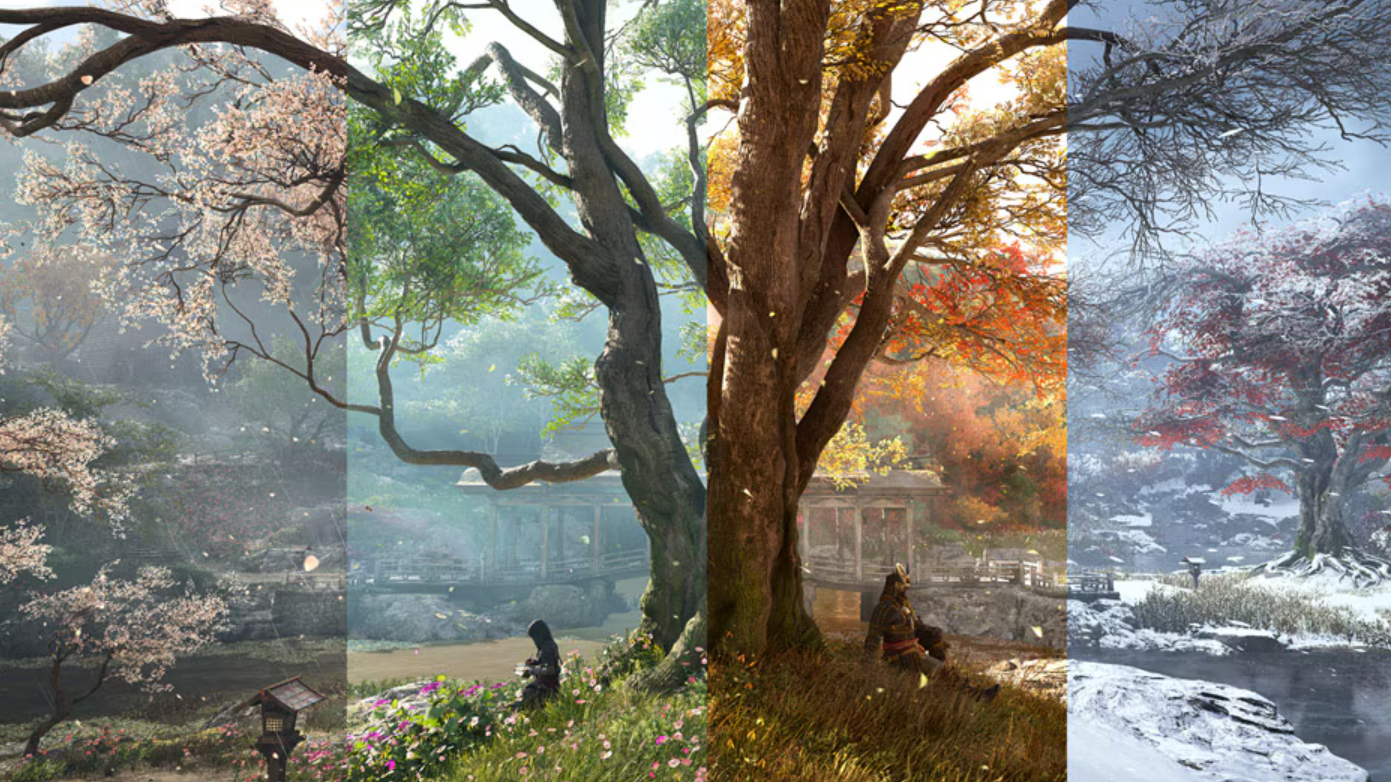
Yōtei doesn’t telegraph a full seasonal system, but dynamic weather returns in a way fans of Tsushima will recognize, with storms tied thematically to darker, stealthier choices. Several side-by-side graphics breakdowns showcase striking snow behavior and deformation in Yōtei’s colder biomes, while Shadows is repeatedly praised for its rain, water simulation, thick ice, and how environmental physics tie into play.
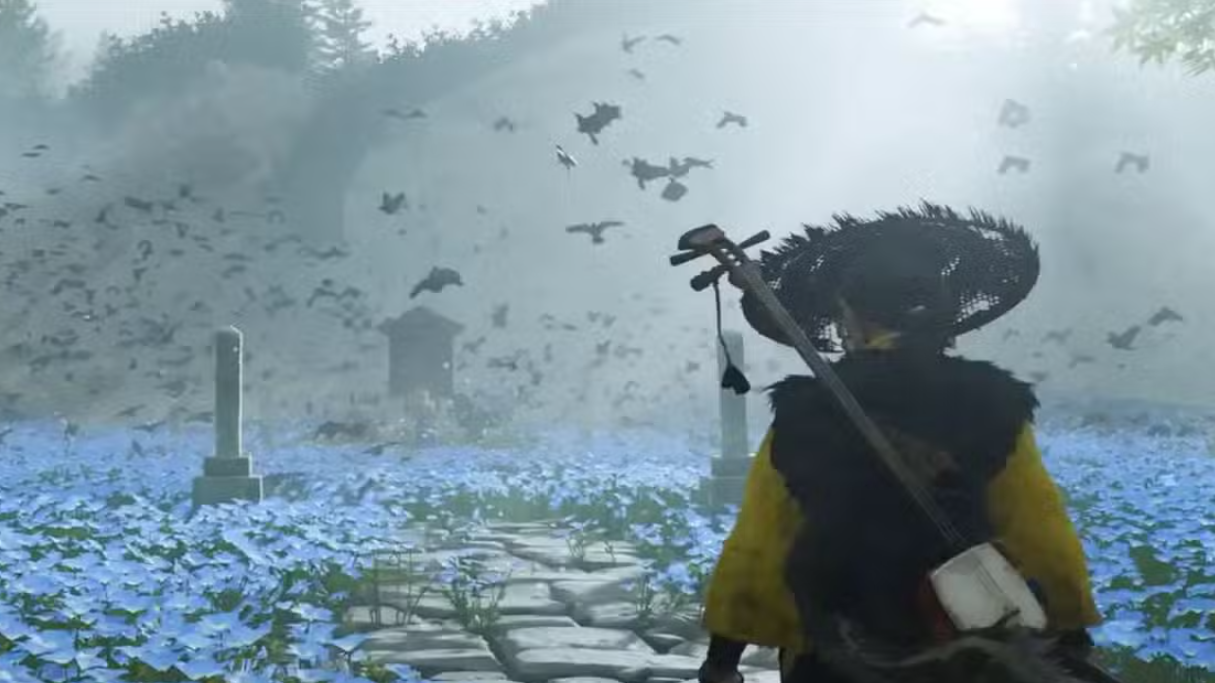
Traversal and stealth: parkour playground vs measured movement
Shadows doubles down on series DNA. Naoe’s parkour is nimble, with grappling, ledge-to-ledge precision, and enough verticality to make city infiltration the star. Stealth depth is a recurring talking point: prone movement, smarter patrols, shadow and light management (including putting lights out), and a wide toolkit are core to the loop.
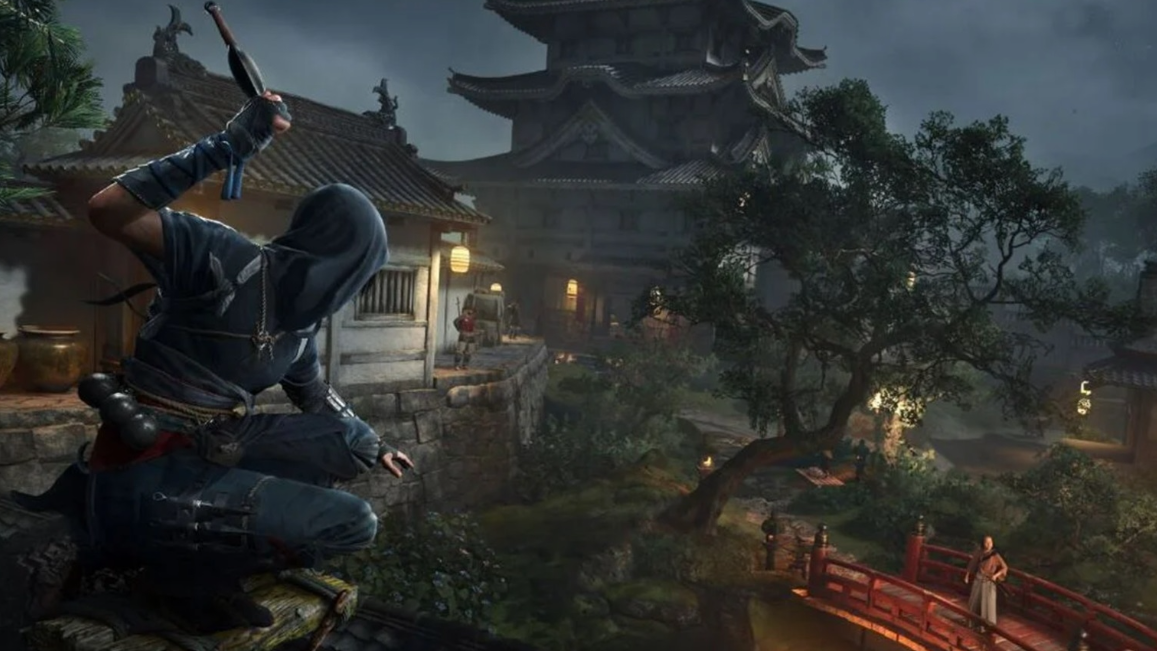
Yōtei supports rope swings, climbing, and some light parkour, but the emphasis is lower-profile: less acrobatic urban puzzling and more pragmatic navigation through brush, rock, and timber. Community consensus is clear that stealth will be present but not as granular or systems-heavy as Shadows’ stealth sandbox.
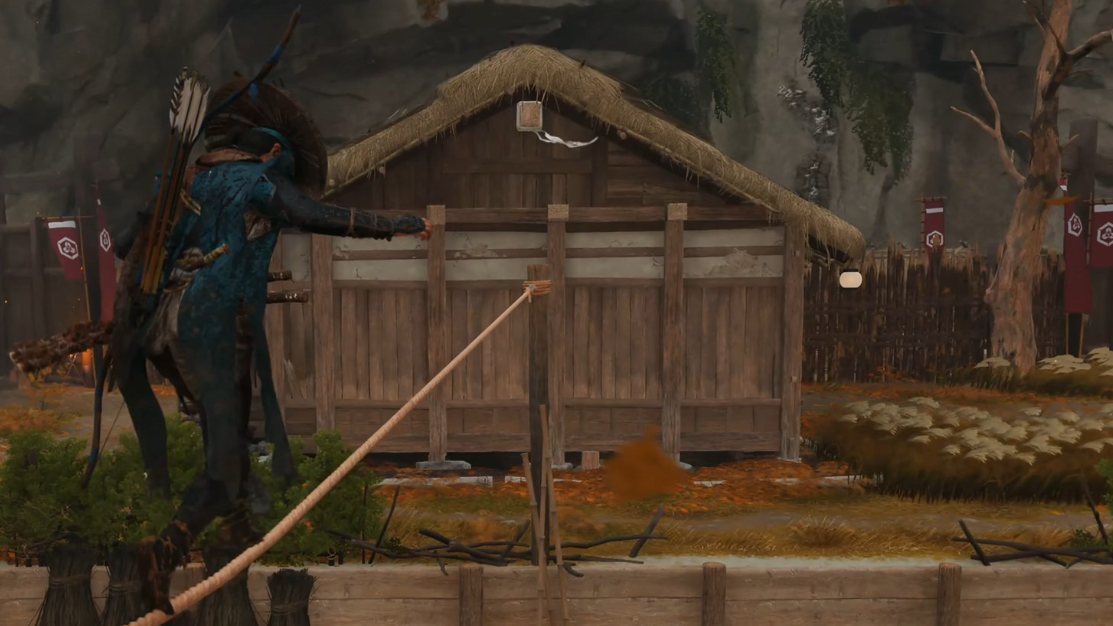
Combat: two lanes or one flexible kit
The friction point for Shadows is how different combat can feel between its leads. Some players find Naoe vulnerable in direct clashes (as intended), while Yasuke can overpower encounters; that stark contrast works when you commit to a lane, but it can feel uneven if you treat one like a substitute for the other.
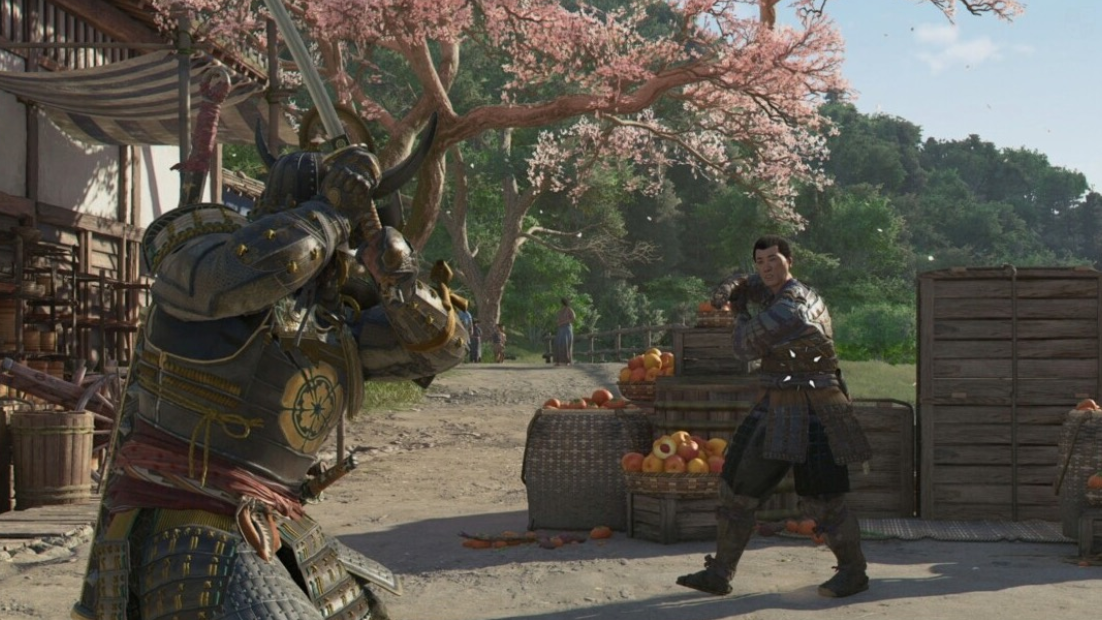
Yōtei chases a cohesive feel: a parry-and-timing core with fast weapon or technique swaps to counter armored foes, spear users, and archers. The expectation is fluidity over specialization — you stay with Atsu and adapt on the fly rather than tap a different character to change the rules.
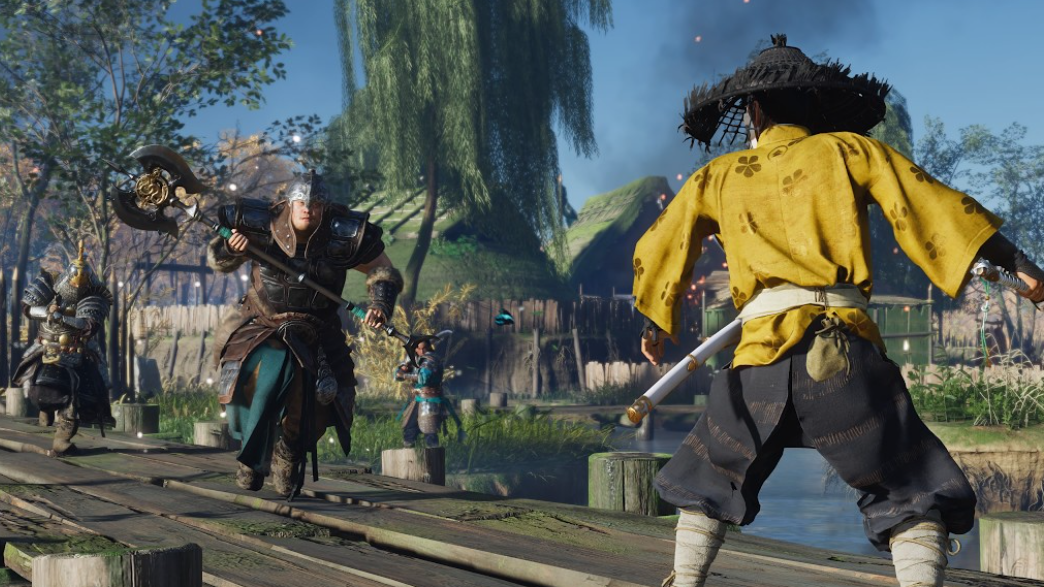
Story structure and memory
Shadows punctuates its main thread with structured flashbacks. These memories are largely linear vignettes that fill in who Naoe and Yasuke are and why their paths converge.
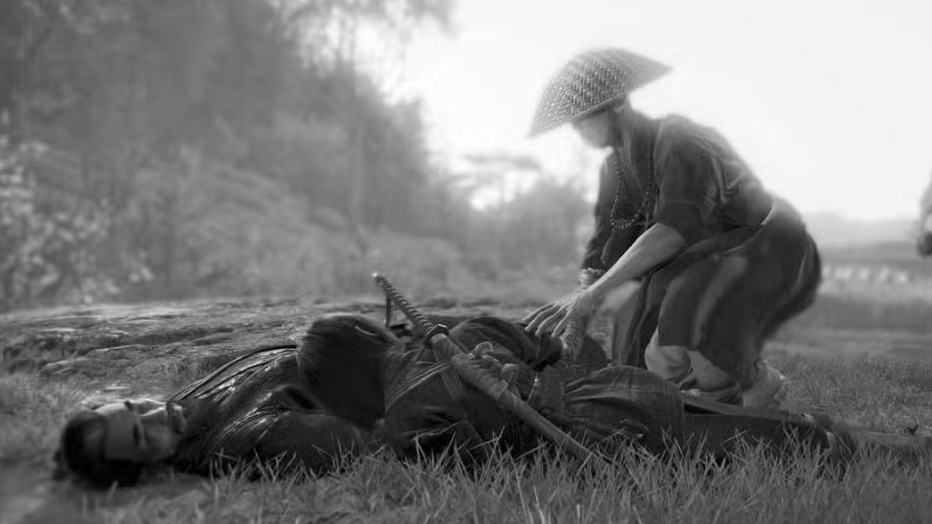
Yōtei experiments with looser memory framing. During specific arcs, you can dip into earlier moments from Atsu’s past and return at will, layering perspective rather than pausing for a contained detour. It’s an uncommon approach in big-budget open worlds and speaks to the game’s focus on a single protagonist’s interiority.
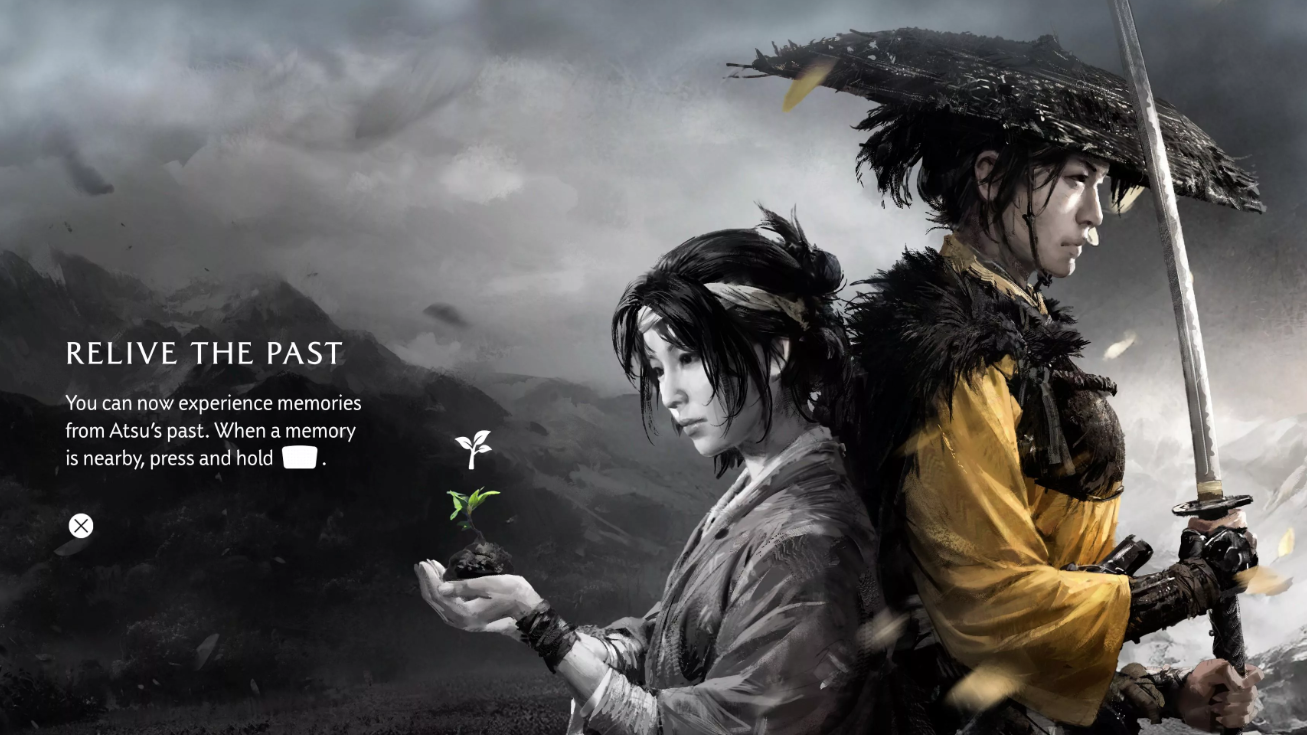
Presentation: art direction vs technical muscle
Put both games on a 4K display and you’ll see two different priorities. Shadows is a technical showcase: lighting that sells time of day, rain that reads as weighty, water that looks and behaves convincingly, cloth that feels anchored in space, and systemic destruction with cuts and breakpoints lining up to the angle of your attack. Side-by-side reels routinely give Shadows the edge in raw rendering and simulation.
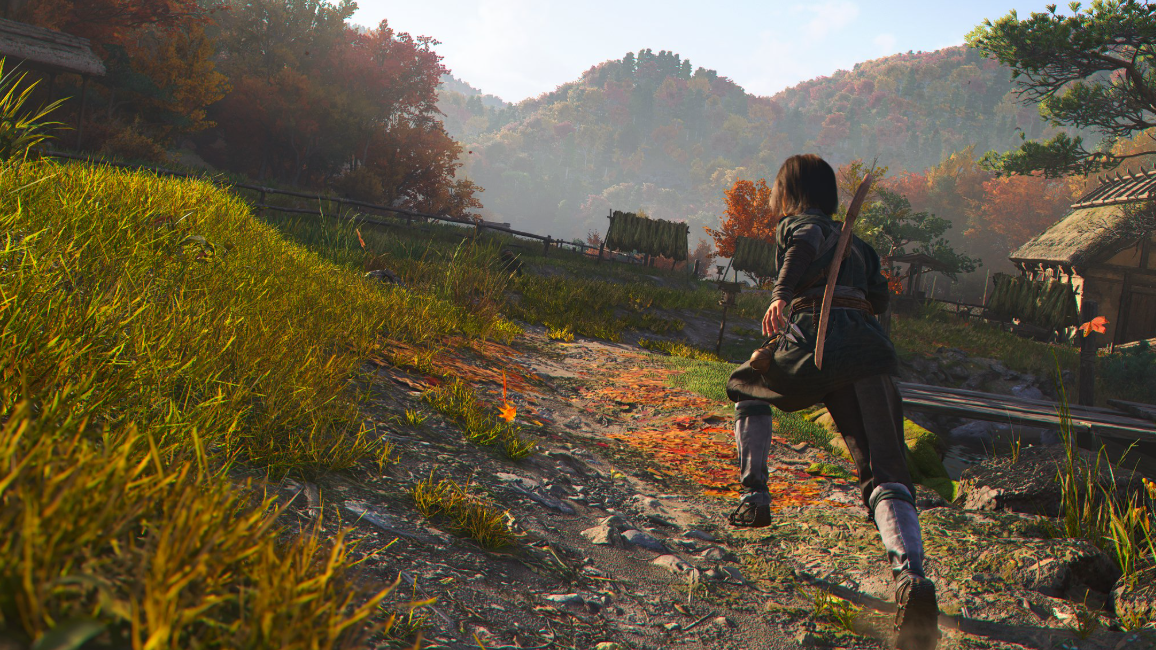
Yōtei’s counterpunch is style. Color grading, composition, windswept vistas, and foliage that reacts to motion and explosions are framed like cinema. Snow gets special attention; multiple comparisons call out how snow loads branches and deforms underfoot. Some players see flatter lighting or lower-frequency textures in certain shots; others prefer its character models and overall framing. The split reads cleanly: tech-forward realism versus stylized samurai cinema.
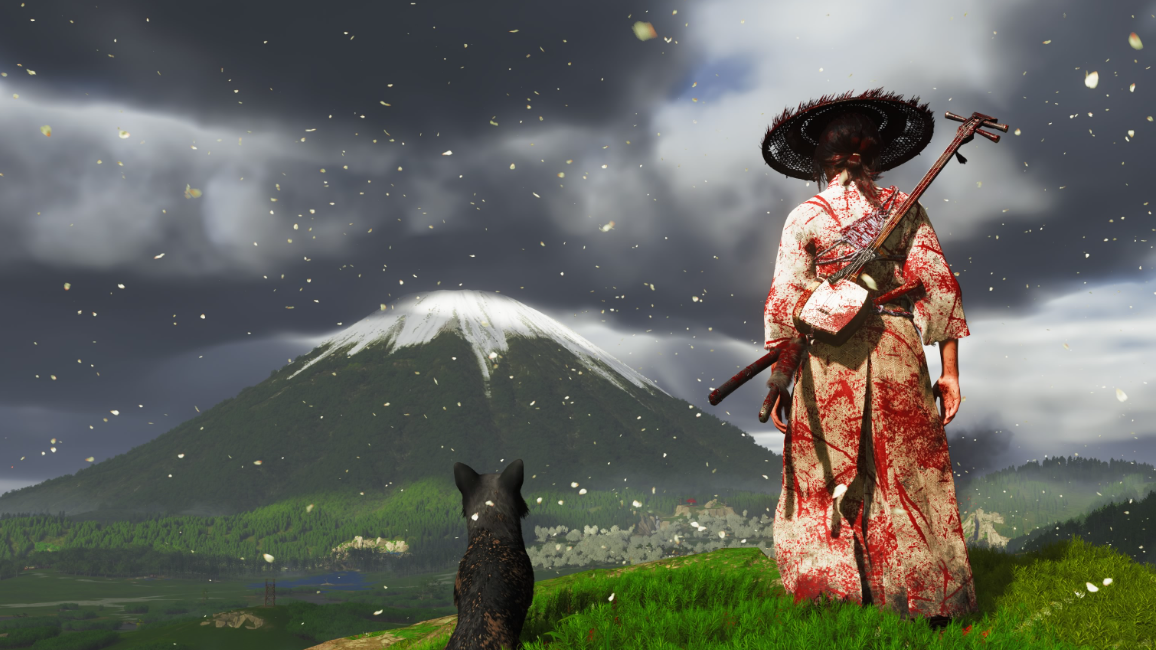
Tone, modes, and music
If you want the myth of the Hidden Ones threaded through famous figures and conspiracies, Shadows has a well-worn but effective stage for it — castles, courts, and crowded streets. If you want a revenge road movie through the north, Yōtei’s single-lead focus and frontier setting point that way.
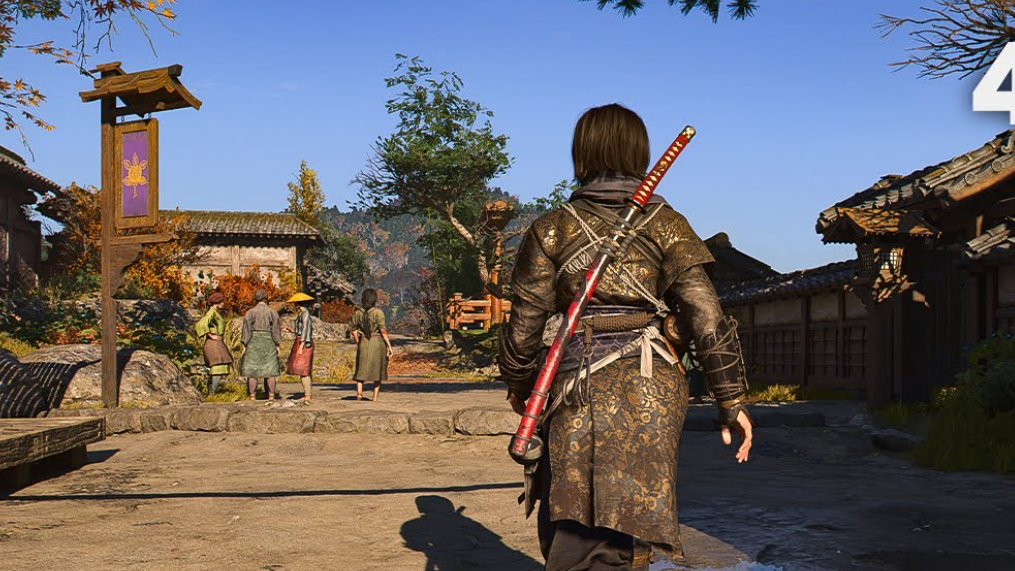
Yōtei also wears its film love on its sleeve with director-inspired modes. Expect a black-and-white, wide-angle homage, a bloodier, close-quarters framing, and even a mode that swaps in lo-fi music in the spirit of a certain hip-hop-samurai classic. They’re flourishes, but they tell you who the game thinks it’s for.
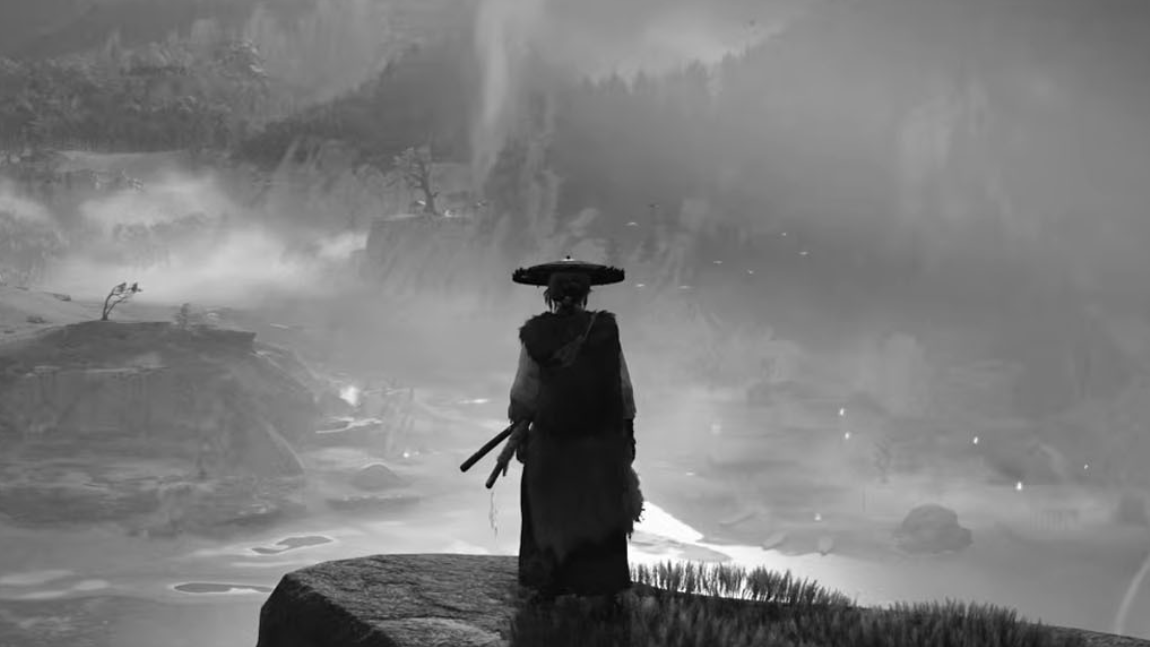
What platforms and when
Assassin’s Creed Shadows launched earlier this year across the usual console and PC platforms. Ghost of Yōtei arrived later with a PlayStation-first push, including limited PS5 bundles. PC players should plan for a wait; a day-one PC release was not on the table.
The big picture in one glance
| Category | Assassin’s Creed Shadows | Ghost of Yōtei |
|---|---|---|
| Period/Region | 1579, Kansai (Kyoto/Osaka), castles and cities | 1603, Hokkaidō, colder frontier landscapes |
| Playable lead(s) | Two (Naoe: stealth, Yasuke: combat) | One (Atsu: flexible styles in a single kit) |
| Exploration model | Map-driven activities with scouting, hideout customization | Fewer markers, rumor-driven discovery, NPCs visit your camp |
| Progression | Branching skill trees fed by earned points | Dynamic unlocks shaped by what you actually do |
| Weather/Seasons | Seasonal shifts that change stealth options and routes | Dynamic weather, storms tied to stealthier play |
| Traversal | Full parkour suite, grappling, vertical infiltration | Measured climbing and rope swings; less vertical parkour |
| Stealth depth | High: prone, light/shadow control, varied gadgets, tougher AI | Moderate: functional stealth without AC’s granularity |
| Combat feel | Two distinct lanes (infiltrator vs tank) | Fluid swaps of weapons/techniques mid-fight |
| Graphics emphasis | Lighting, water, rain, cloth, destruction | Stylized vistas, foliage response, snow deformation |
| Film/Audio modes | Traditional cinematic framing | Director-inspired filters and a lo-fi music mode |
| Launch footprint | Consoles and PC in 2025 | PlayStation-first in 2025; PC not day one |
So which one should you play first?
If you want a stealth sandbox with busy cities, castles, and a deep bag of infiltration tricks, go with Shadows. The seasonal system and parkour-forward level design reward planning, timing, and creative routes. If you want samurai cinema energy — big skies, snowfields, tight character focus, and swordplay that adapts on the fly — pick Yōtei. Its exploration asks you to follow your eyes and your ears instead of your map.
Plenty of players will bounce between both. They look at the same horizon and see different adventures; the one that fits you best depends on whether you’re here for the heist or the duel.

